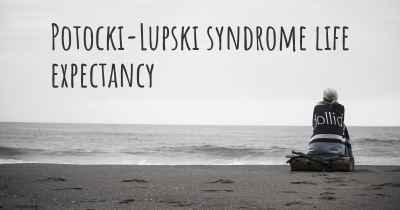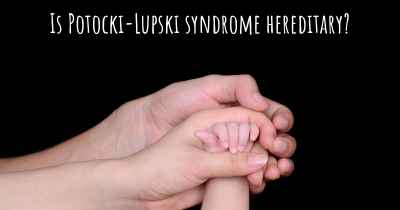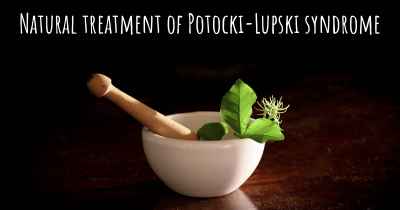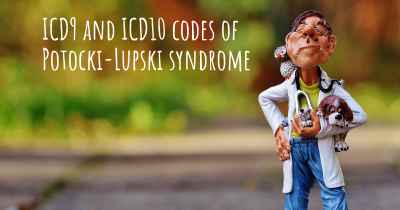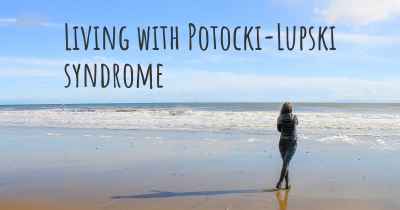What are the latest advances in Potocki-Lupski syndrome?
Here you can see the latest advances and discoveries made regarding Potocki-Lupski syndrome.
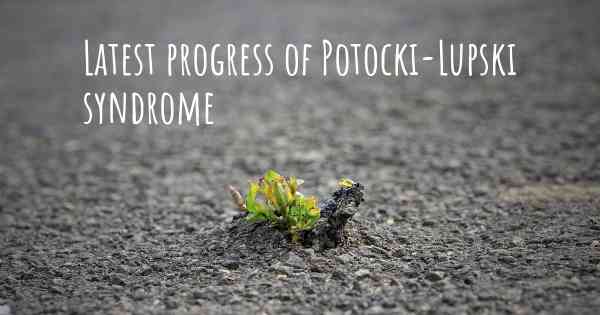
Potocki-Lupski syndrome (PTLS), also known as duplication 17p11.2 syndrome, is a rare genetic disorder caused by a duplication of a specific region on chromosome 17. This syndrome is characterized by a variety of developmental delays, intellectual disabilities, autism spectrum disorder, and physical abnormalities. While there is currently no cure for PTLS, ongoing research and advancements in understanding the syndrome have provided valuable insights into its underlying mechanisms and potential therapeutic approaches.
Genetic Testing and Diagnosis:
Advances in genetic testing techniques have greatly improved the ability to diagnose PTLS. Chromosomal microarray analysis (CMA) is now the gold standard for detecting the duplication in chromosome 17p11.2, allowing for more accurate and earlier diagnosis. This has enabled healthcare professionals to provide appropriate interventions and support for individuals with PTLS at an earlier stage.
Understanding the Molecular Mechanisms:
Researchers have made significant progress in understanding the molecular mechanisms underlying PTLS. The duplicated region on chromosome 17p11.2 contains several genes, including RAI1, which is believed to be the primary contributor to the syndrome. Studies have focused on elucidating the role of RAI1 and its interactions with other genes and proteins. This knowledge is crucial for developing targeted therapies and interventions.
Neurodevelopmental and Behavioral Interventions:
Advancements in neurodevelopmental and behavioral interventions have greatly improved the quality of life for individuals with PTLS. Early intervention programs, such as speech therapy, occupational therapy, and behavioral interventions, have shown promising results in addressing developmental delays, communication difficulties, and behavioral challenges. These interventions aim to maximize the individual's potential and enhance their overall well-being.
Pharmacological Approaches:
Researchers are exploring pharmacological approaches to target specific symptoms associated with PTLS. For example, studies have investigated the use of medications to manage sleep disturbances, hyperactivity, and anxiety commonly observed in individuals with PTLS. While further research is needed to establish the efficacy and safety of these pharmacological interventions, they hold promise for improving the quality of life for individuals with PTLS.
Genetic Therapies:
Advances in genetic therapies offer potential avenues for treating PTLS at its root cause. Gene therapy, which involves introducing functional copies of the RAI1 gene into cells, has shown promise in preclinical studies. However, significant challenges remain in delivering the therapy to the appropriate cells and ensuring long-term effectiveness. Nonetheless, ongoing research in this field provides hope for future therapeutic options.
Supportive Care and Family Resources:
Improved understanding of PTLS has led to the development of support networks and resources for affected individuals and their families. Online communities, support groups, and advocacy organizations provide a platform for sharing experiences, accessing information, and connecting with others facing similar challenges. These resources play a vital role in empowering families and promoting a better understanding of PTLS within the broader community.
In conclusion, significant advances have been made in the understanding and management of Potocki-Lupski syndrome. Genetic testing techniques, molecular research, neurodevelopmental interventions, pharmacological approaches, genetic therapies, and supportive care have all contributed to improving the lives of individuals with PTLS. While there is still much to learn and accomplish, these advancements offer hope for continued progress in the diagnosis, treatment, and support for individuals and families affected by PTLS.
